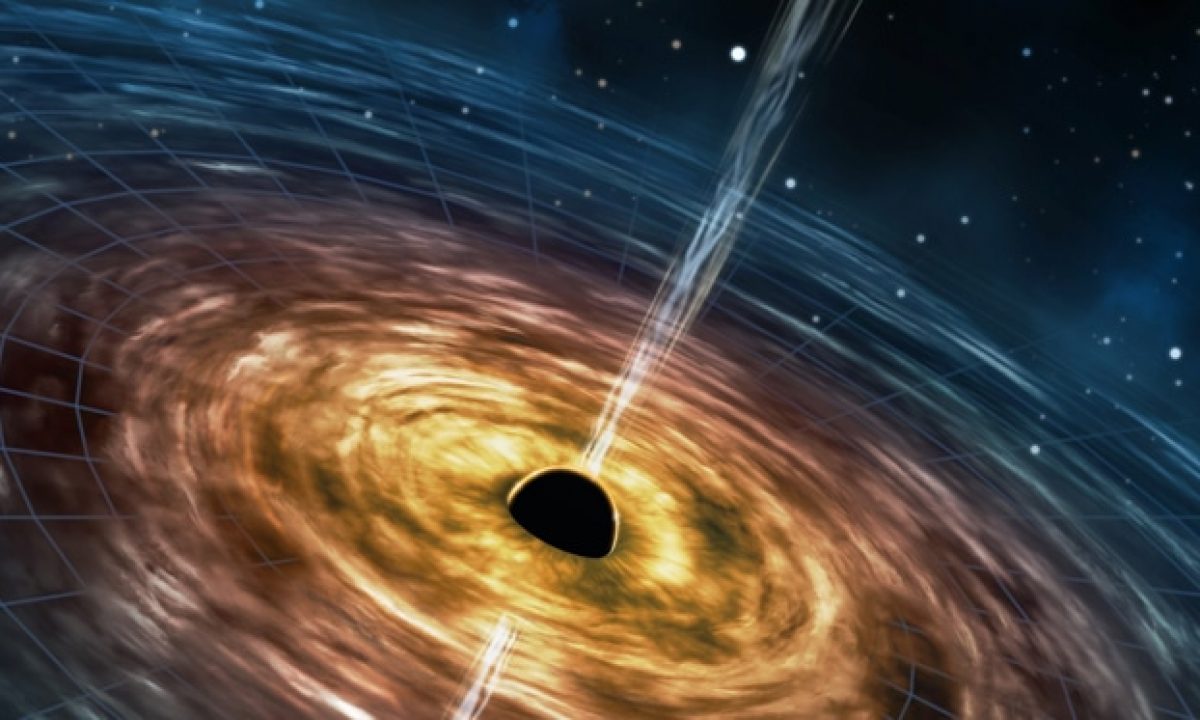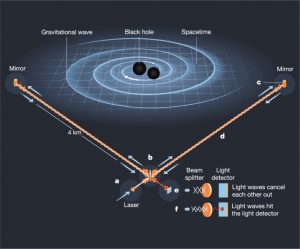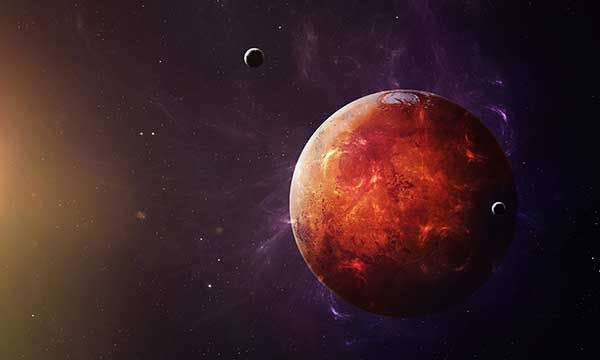At a fundamental level, nobody knows whether gravity is truly quantum in nature. A novel experiment strongly hints that it is.
- Three of our fundamental forces of nature — the electromagnetic and strong and weak nuclear forces — known to be quantum in nature.
- However, the oldest known fundamental force, gravity, has only been shown to exhibit behavior describes by Einstein’s general relativity: a classical and continuous theory.
- By demonstrating that particles display the Aharonov-Bohm effect for gravitational forces, previously only seen with electromagnetic ones, we might have our first clue to gravity’s quantum nature.
What about gravity?
When you want to experiment with the gravitational force, the biggest problem is always that gravitational effects are so maddeningly small. Although people have been designing experiments for many decades with a view toward detecting this effect, an enormous breakthrough came in 2012. A team of researchers led by Michael Hohensee came up with the idea for an experiment that could feasibly be performed with current technology.
The idea was that you can create ultra-cold atoms and control their motion by pulsing a laser beam, including into a region where the gravitational potential — but not the field — is different from other locations. Even in regions where the gravitational force is zero, which can be arrang by a careful setup, the non-zero potential could still have an effect. If you can then split a single atom into two matter waves, move them into areas with different potentials, and then bring them back together, you could observe an interference pattern, measuring their phase and, therefore, quantifying the gravitational Aharonov-Bohm effect.
It’s a purely quantum phenomenon that we expect. But for the first time, it’s entirely dependent on the gravitational force, rather than any other interaction.
The quantum question
In the world of quantum physics, few experiments are more demonstrative of the bizarre nature of reality. Originally performed with photons more than 200 years ago, shining light through two thin, closely-spaced slits resulted not in two illuminated images on the screen behind the slits, but rather in an interference pattern. The light that went through each of the two slits must be interacting before they reach the screen. And also creating a pattern that displays light’s inherent wave-like behavior.
The Aharonov-Bohm effect
There are so many subtle quantum effects that not only pop out of our equations. But also have been physically verified that it’s sometimes difficult to keep track of them all. For example, if charged particle in motion, it can be affects by both the presence of electric and magnetic fields.
- The electric field will accelerate the charged particle along the direction of the field. In direct proportion to strength of the field and charge of the particle causing it to speed up or down.
- The magnetic field accelerates the charged particle to both the magnetic field and the direction of motion of the particle. It cause it to bend but not to increase or decrease its speed.
If your electric and magnetic fields are both zero, your electron won’t accelerate; it will just continue along in constant motion, exactly as you’d expect from Newton’s first law.
But in the Universe, there’s another effect that comes into play that can change the behavior of your quantum particle. Even when the electric and magnetic fields are both zero.












